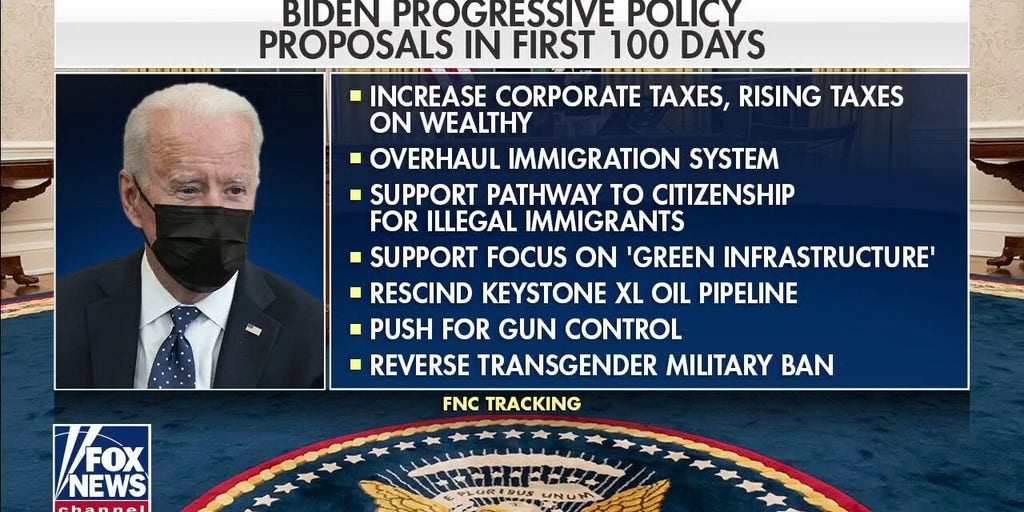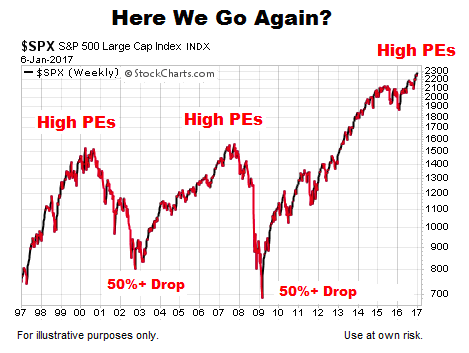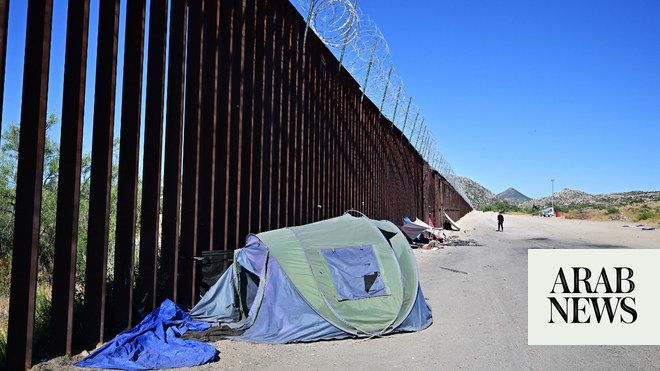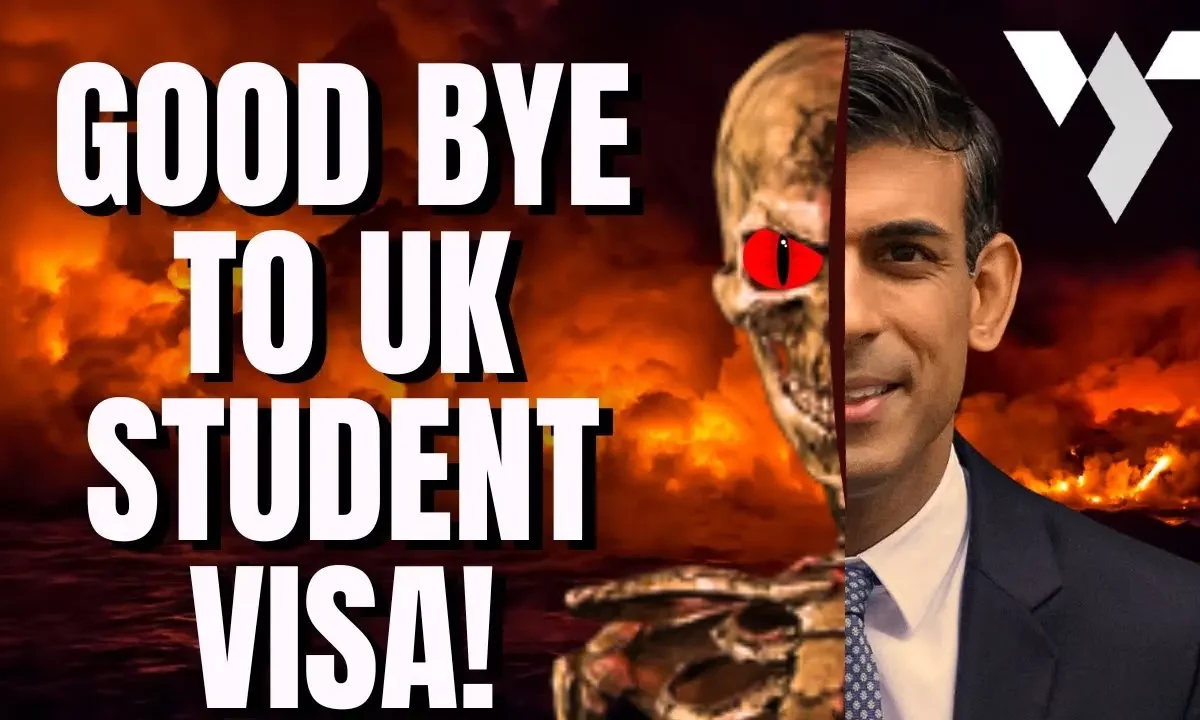Joe Biden And The Economy: Assessing The Impact Of His Policies

Table of Contents
Biden's American Rescue Plan: Stimulus and its Consequences
The American Rescue Plan (ARP), a $1.9 trillion stimulus package enacted in March 2021, was a cornerstone of Biden's early economic agenda. Its impact, however, has been a subject of intense debate.
Short-Term Economic Boost
The ARP provided a significant short-term economic boost.
- Increased consumer spending: Direct payments to individuals fueled increased consumer spending, contributing to a rise in GDP.
- Rise in GDP: The economy experienced a period of rapid growth following the ARP's implementation.
- Unemployment rate reduction: The plan helped lower the unemployment rate, albeit partially due to pre-existing trends.
The immediate impact was largely positive, with reports from the Congressional Budget Office and the Bureau of Economic Analysis showing substantial increases in GDP and a reduction in unemployment in the months following the plan's passage. The direct payments and business aid played a significant role in this initial surge.
Inflationary Pressures
However, the ARP's connection to increased inflation remains a central point of contention.
- Supply chain disruptions: Existing supply chain bottlenecks were exacerbated by increased demand spurred by the ARP.
- Increased demand: The influx of cash into the economy led to a surge in demand for goods and services, outpacing supply.
- Rising energy prices: Global energy price increases further contributed to inflationary pressures.
The Consumer Price Index (CPI) showed a sharp rise in inflation following the ARP's enactment. Economists debate the extent to which the plan contributed to this rise, with some arguing it was a significant factor and others pointing to global factors like supply chain issues and rising energy costs as primary drivers.
Long-Term Economic Effects
The long-term consequences of the American Rescue Plan are still unfolding.
- Infrastructure investments: A portion of the ARP funded infrastructure projects, laying the groundwork for potential long-term growth.
- Potential for long-term growth: Investments in infrastructure and other sectors could lead to sustained economic growth.
- Debates on its sustainability: Concerns remain regarding the plan's long-term fiscal sustainability and its potential impact on the national debt.
The ongoing effects of the ARP are complex and multifaceted, with some sectors experiencing positive impacts and others facing challenges. Analyzing its lasting impact requires ongoing observation and further economic research.
Infrastructure Investment and Job Creation
Biden's administration has prioritized infrastructure investment as a key driver of economic growth and job creation.
The Bipartisan Infrastructure Law
The Bipartisan Infrastructure Law, a significant investment in the nation's infrastructure, is projected to create numerous jobs and stimulate long-term economic growth.
- Investment in roads, bridges, broadband internet, and clean energy: The law allocates substantial funds to modernize aging infrastructure and invest in future technologies.
- Projected job creation numbers: Government projections estimate significant job creation across various sectors as a result of the infrastructure projects.
- Economic multipliers: The law's economic impact extends beyond direct job creation, with economic multipliers boosting overall economic activity.
The law's potential for long-term economic growth is significant, promising modernization and improvements across key sectors. The distribution of jobs is expected to vary across different regions and sectors, potentially impacting regional economic disparities.
Challenges and Implementation
Implementing the Bipartisan Infrastructure Law faces significant challenges.
- Bureaucratic hurdles: Navigating bureaucratic processes and obtaining necessary permits can cause delays.
- Labor shortages: A shortage of skilled labor in some areas could hinder project completion.
- Supply chain issues: Supply chain disruptions can impact project timelines and costs.
Potential delays and cost overruns are substantial risks. Addressing these challenges effectively is crucial for the successful implementation of the law and maximizing its economic benefits.
Addressing Income Inequality and Social Safety Nets
Another key focus of Biden's economic policies is addressing income inequality and strengthening social safety nets.
Expansion of Social Programs
The Biden administration has sought to expand several social programs to alleviate poverty and reduce income inequality.
- Child Tax Credit: Expansion of the Child Tax Credit provided significant financial relief to many families.
- Affordable Care Act expansion: Efforts to expand access to affordable healthcare aim to reduce healthcare costs for low and middle-income families.
- Minimum wage proposals: Although unsuccessful at a federal level, minimum wage increases at the state level have had an impact.
These programs aim to directly reduce poverty and improve economic opportunities for vulnerable populations. However, a thorough cost-benefit analysis is crucial to evaluate their long-term effectiveness and impact.
Criticisms and Alternative Approaches
The Biden administration's approach to income inequality has faced criticism.
- Concerns about the size and scope of government spending: Critics express concerns about the increasing national debt and the potential for inflationary pressures.
- Potential unintended consequences: Some argue that certain policies may have unintended negative consequences.
Alternative approaches, such as focusing on targeted tax reforms or investments in education and job training, are advocated by critics. Understanding the economic trade-offs inherent in different strategies is vital for effective policy-making.
Conclusion
This analysis of Joe Biden's economic policies reveals a complex picture. While the American Rescue Plan offered short-term relief and the Bipartisan Infrastructure Law promises long-term growth, concerns about inflation and the effectiveness of income inequality measures remain. Further study is needed to fully grasp the long-term effects of these policies. Understanding the complexities of Joe Biden's economic policies is crucial for informed civic engagement. Continue researching Joe Biden's economic policies to form your own informed opinion.

Featured Posts
-
 High Stock Market Valuations Bof As Rationale For Investor Calm
May 02, 2025
High Stock Market Valuations Bof As Rationale For Investor Calm
May 02, 2025 -
 Fortnite Icon Series The Latest Skin Addition
May 02, 2025
Fortnite Icon Series The Latest Skin Addition
May 02, 2025 -
 L Accompagnement Numerique Ideal Pour Vos Thes Dansants
May 02, 2025
L Accompagnement Numerique Ideal Pour Vos Thes Dansants
May 02, 2025 -
 Check Lotto Plus 1 And Lotto Plus 2 Results Winning Numbers Today
May 02, 2025
Check Lotto Plus 1 And Lotto Plus 2 Results Winning Numbers Today
May 02, 2025 -
 Check The Lotto Wednesday April 16 2025 Results
May 02, 2025
Check The Lotto Wednesday April 16 2025 Results
May 02, 2025
Latest Posts
-
 New Uk Visa Regulations Target Nigeria And Pakistan
May 10, 2025
New Uk Visa Regulations Target Nigeria And Pakistan
May 10, 2025 -
 New Asylum Crackdown In Uk Three Nations Under Increased Pressure
May 10, 2025
New Asylum Crackdown In Uk Three Nations Under Increased Pressure
May 10, 2025 -
 Uk Visa Restrictions Impact On Nigerian And Pakistani Applications
May 10, 2025
Uk Visa Restrictions Impact On Nigerian And Pakistani Applications
May 10, 2025 -
 Uk Visa Policy Changes Impact On International Applicants
May 10, 2025
Uk Visa Policy Changes Impact On International Applicants
May 10, 2025 -
 New Report Uk Government Plans To Limit Visas For Certain Nationalities
May 10, 2025
New Report Uk Government Plans To Limit Visas For Certain Nationalities
May 10, 2025
